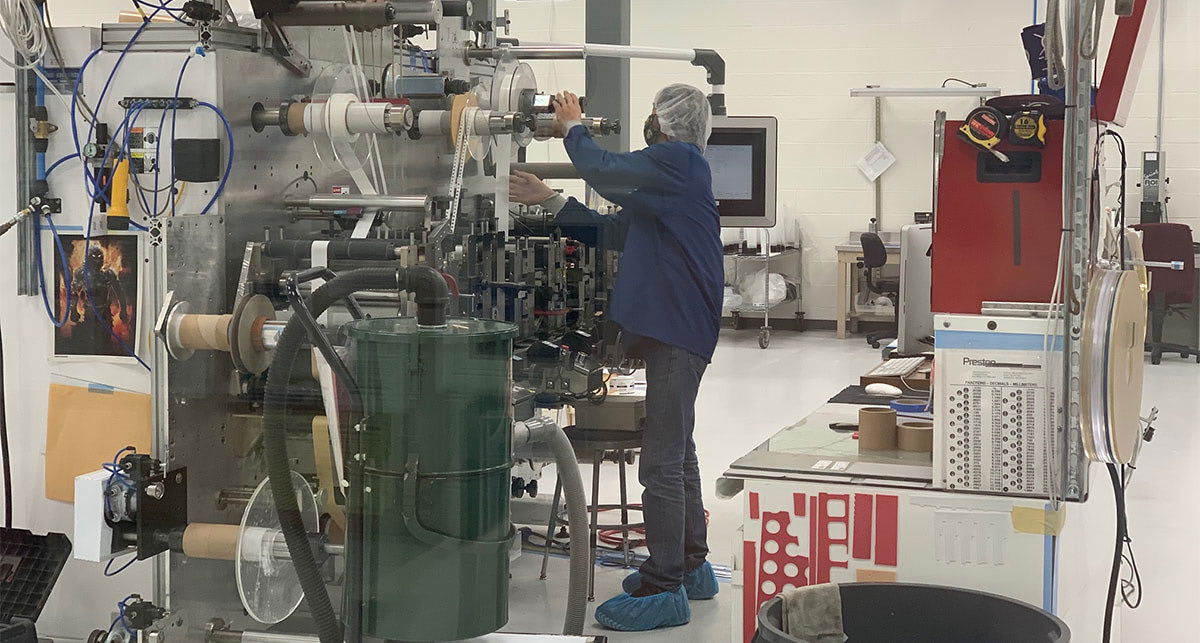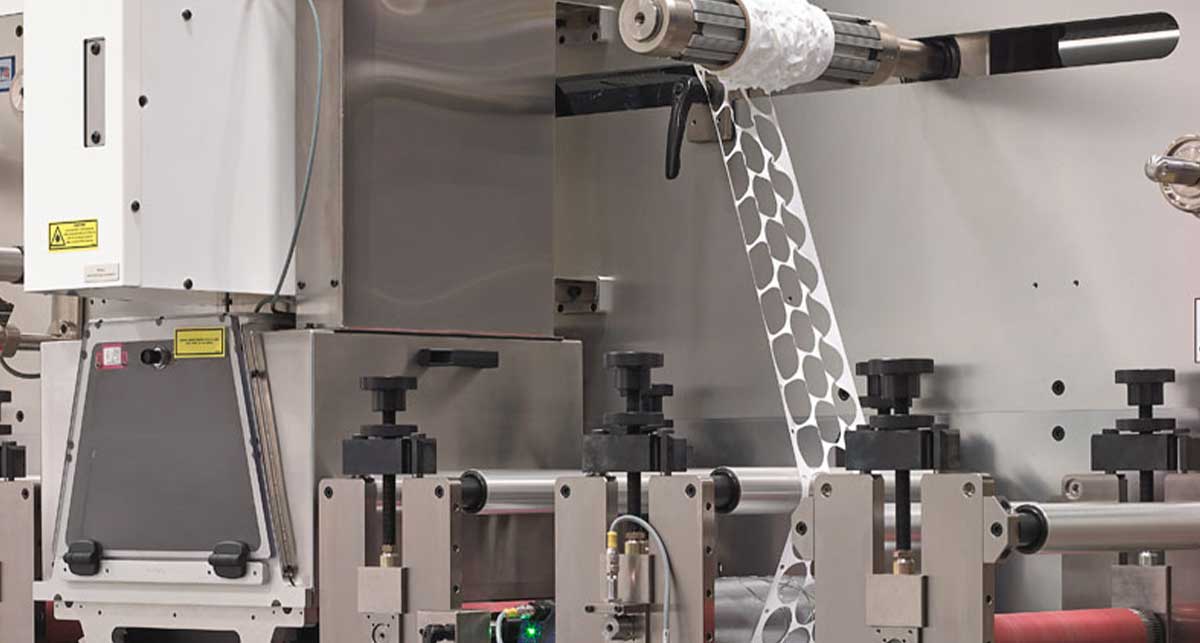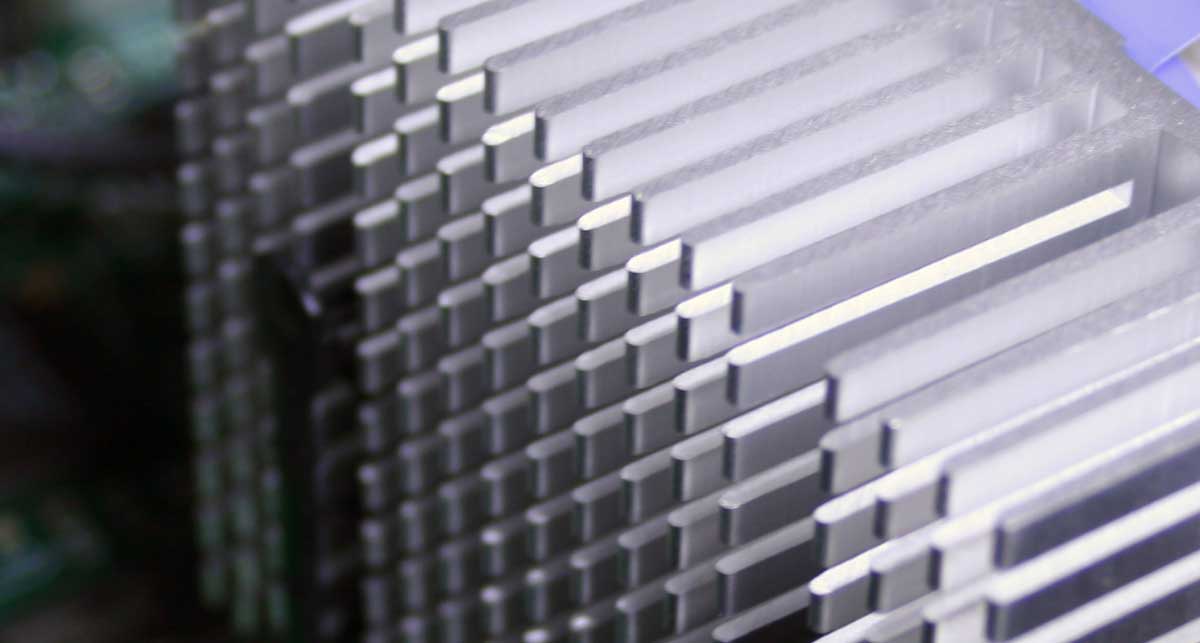An EV battery manufacturer gnaws on a ballpoint pen, thinking: “How the heck do I build these without making customers pay $10,000-15,000 more for an electric car?”
At first, car manufacturers were trying to prove out a concept of an EV or alternative energy vehicle. Cost and scale weren’t necessarily at the forefront of the decision-making process. However, once the concept was proven, they quickly moved to how to scale the technology. As a result, lithium-ion battery packs now cost 90% less than they did 15 years ago. Unfortunately, many businesses still struggle to build cost-efficient battery assembly processes.
One practical approach to improving affordability is to work with an experienced converter. For example, Strouse has helped develop a wide range of die cut solutions tailored for efficient EV assembly. If you encounter challenges such as sluggish lead times or inconsistent assembly methods, partnering with a converter can provide substantial cost-saving benefits.
Let’s examine how a converter can directly impact the cost and affordability of your EV battery solutions.
Factors that Affect the Cost of EV Battery Assembly
Many elements influence the cost-efficiency of your EV battery assembly process:
- Material complexity
- Design complexity
- Number of materials
- Number of layers
- Strictness of tolerances
- Number of assembly steps
- Machine requirements
- Level of automation
RECENT CHANGES IN EV BATTERY PRICING POLICIES
Several countries have implemented policies to promote EV adoption. In the U.S., a law referred to as the 'Big Beautiful Bill,' enacted during the Trump administration, removed certain tax breaks that had previously helped lower the costs of electric vehicles and EV home chargers.
Previously, these policies supported domestic sourcing and assembly of vehicles, helping the industry offset tariffs. Following the policy changes, battery manufacturers are now facing sharp declines in EV retail sales, resulting in thousands of layoffs.
Given the current market's uncertainty and the potential influx of lower-quality EVs, it is now more crucial than ever to design a sustainable battery model that competes on range, cost, and reliability.
With the help of the right converter, you can utilize design-for-manufacturing methods to create robust and affordable battery assembly components, tailored to the complexity of your designs.
How Do Converted Parts Reduce the Cost of EV Battery Assembly?
Die cut parts can reduce the cost of EV batteries by improving the assembly process. When battery manufacturers leverage custom-converted components, they can develop an economical process with fewer errors and increased throughput.
Here’s how:
USING PRE-CUT TAPES (VS. SPRAY COATING)
Many EV batteries use insulation spray coating to reduce thermal runaway; however, this process is often messy and inaccurate.
Spraying flat, complex, and accurate shapes can be challenging and often results in overspray. Pre-cut tape fits precise shapes and reduces application errors.
Spray coating may seem cheaper, but it requires a drying process. Alternatively, pressure-sensitive adhesives apply easily without extra drying time.
MULTI-FUNCTION DIE CUT ADHESIVES
Most adhesive tapes offer multiple uses, including bonding, insulation, and conductivity. Double-sided electrical and dielectric tapes are popular choices for EV insulation and bonding.
INCORPORATING TABS AND OTHER ASSEMBLY FEATURES
Adding tabs, crack and peel liners, and other converted features to part components can reduce the assembly cost. These can accelerate application times by improving the ease of use, enhancing part placement accuracy, and reducing assembly errors.
First-generation batteries might be built by hand, but as you develop the next gen, you move into automation, which has different requirements.
FACILITATING AUTOMATION
Converters can help you replace manual assembly with faster, more accurate automated alternatives. Die cut parts are commonly used in island placement and other automated assembly processes. Strouse can design automated, one-pass production systems to match your assembly needs.
Build Affordable Battery Components with a Converter
By now, you might be wondering: “If die cut parts are so great, why not buy a press and build them on our own?”
Companies may choose converters for a multitude of reasons:
- To forgo the upfront cost of die cut machinery (which ranges from ten to hundreds of thousands of dollars) and training
- To consolidate manufacturing steps (such as slitting, laminating, and die cutting)
- To utilize the experience and know-how required to assemble complex converting processes
- To make the most of existing partnerships, from die cut tools to material vendors
A converter will help guide you through design adjustments, material sourcing, prototyping, and manufacturing to help you get the best value from battery assembly.
Request a quote from Strouse. We'll help you create a high-value solution tailored to your application, regardless of its complexity, with a reliable manufacturing method for optimal assembly.
Learn more about battery solutions converters build in our guide on die cut solutions for EV batteries.







